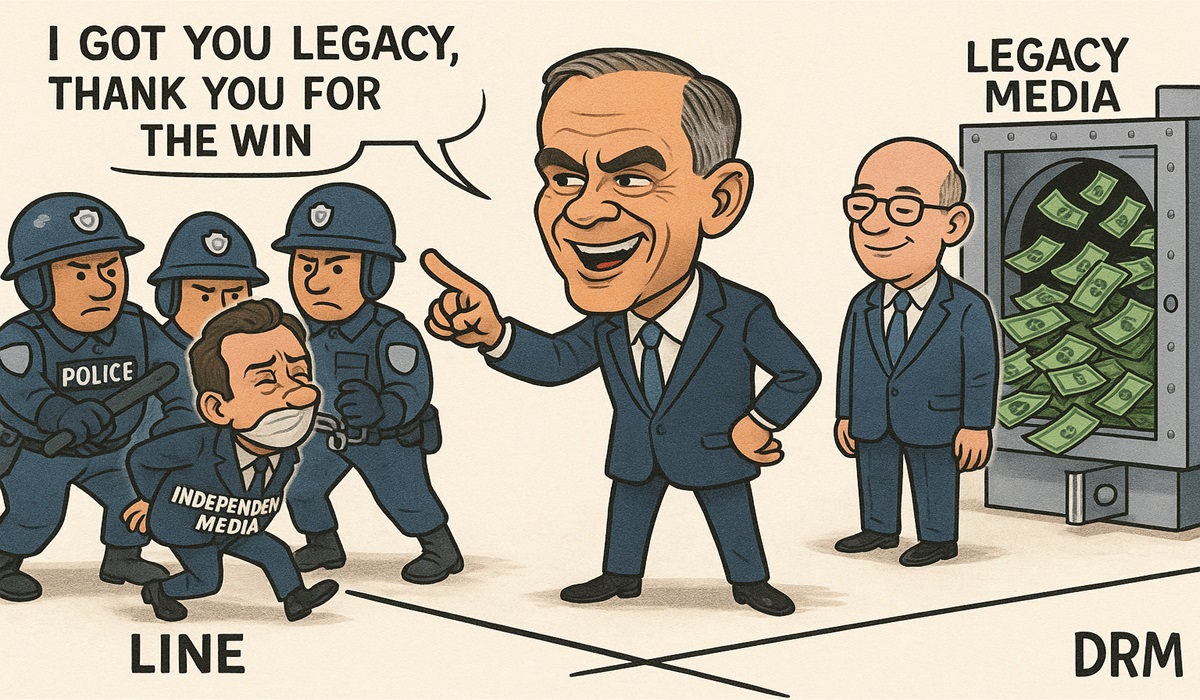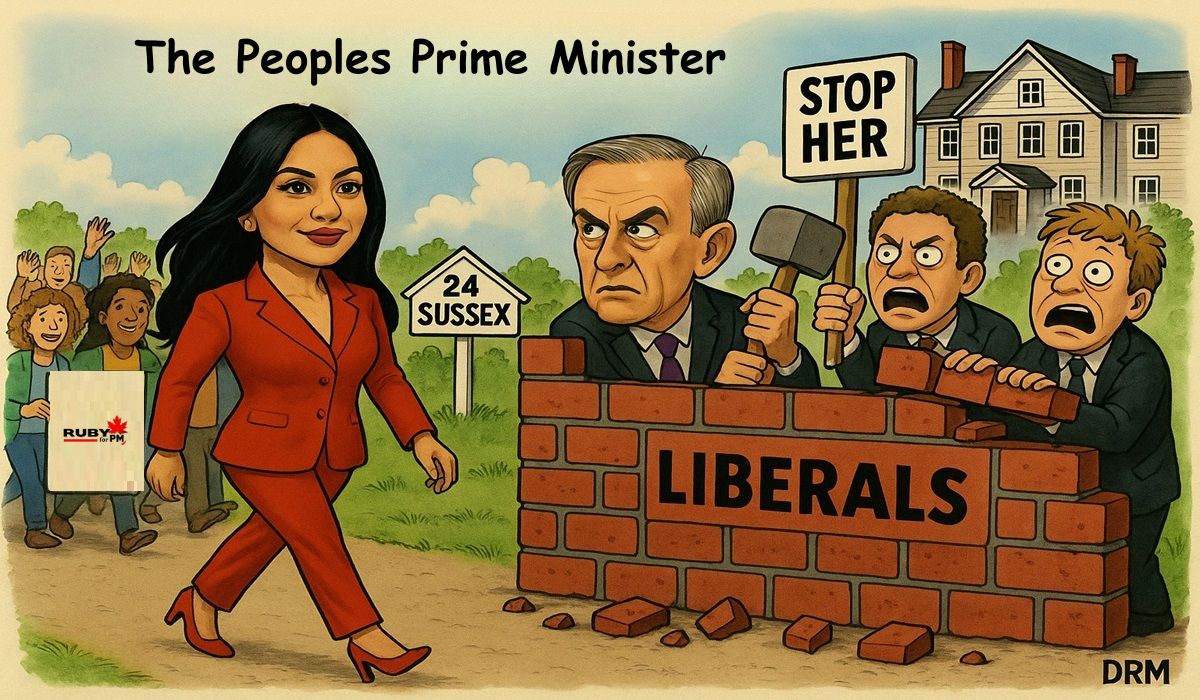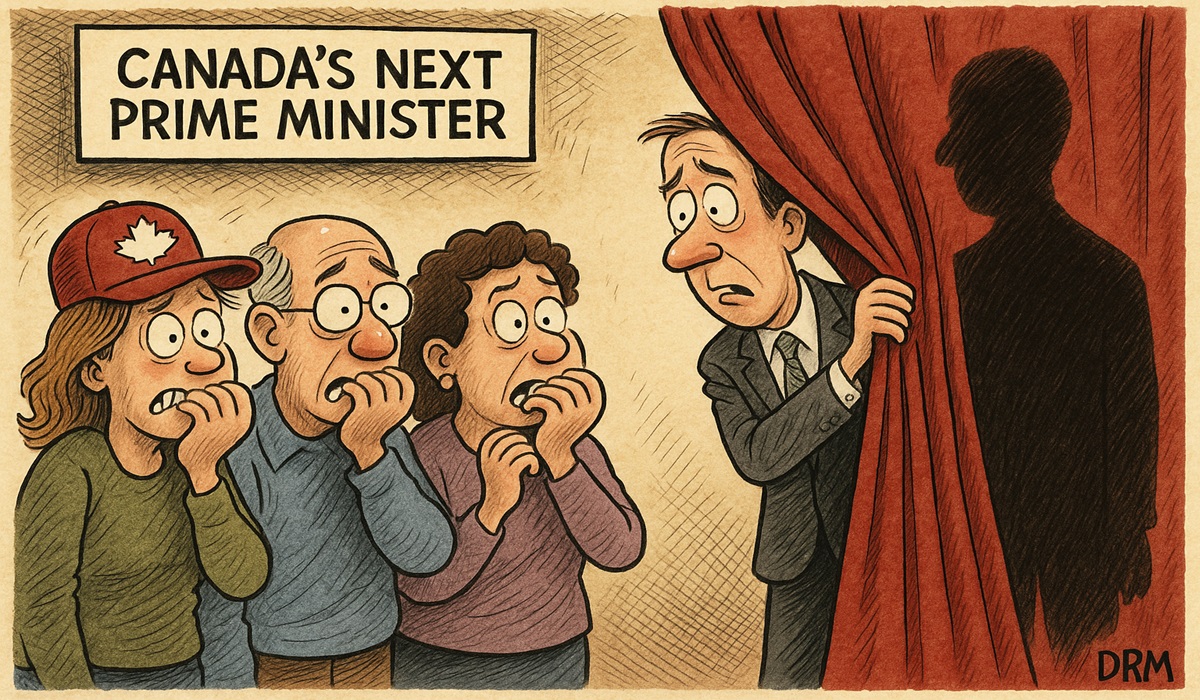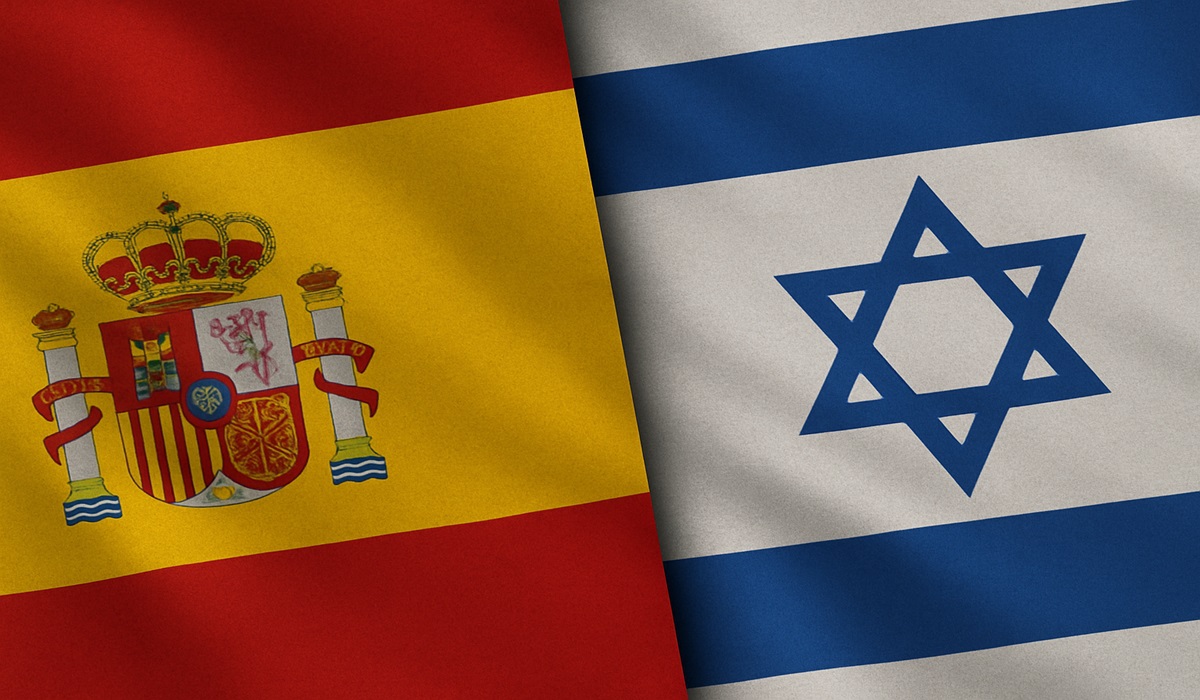Spain’s Anti-Militarism Crumbles as NATO Spending Surges
- Manuel Ostos
- Europe
- D.O.C Supplements - Trending News
- March 13, 2025
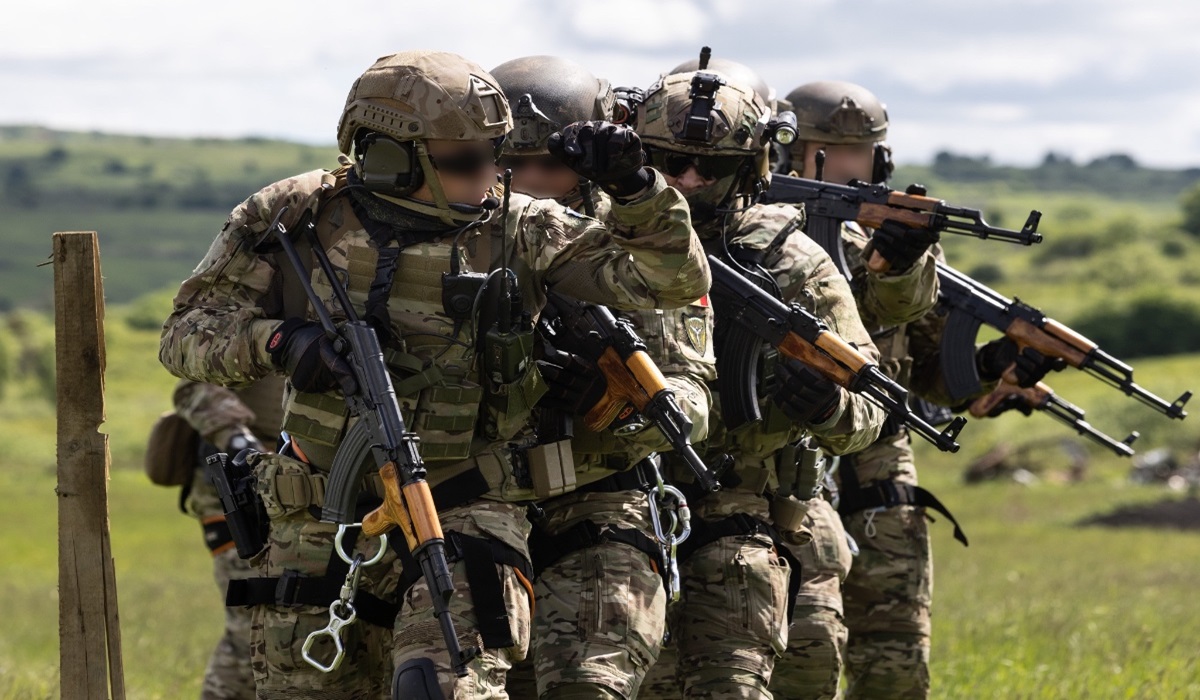
For half a century, every government that came to power in Spain—whether from the right or the radical left—agreed that, given the country’s limited resources, military spending could not be increased. The public supported this stance.
However, in May 1982, Spain became the 16th member of NATO under a right-wing government led by José María Aznar, the man who, years later, aligned Spain with the U.S.-led war in Iraq following Saddam Hussein’s invasion of Kuwait.
NATO membership ignited political chaos. Polls consistently showed that the Spanish people opposed joining the political-military alliance. Yet, despite widespread public rejection, Aznar refused to change his position. Spain joined NATO with an absolute majority of its citizens against it.
This Tuesday, Socialist Prime Minister Pedro Sánchez took another step in eroding Spain’s long-standing anti-militarism. Sánchez confirmed that Spain will allocate 2 percent of its Gross Domestic Product (GDP) to military spending—an increase approved at a 2023 NATO summit in Brussels.
This year’s NATO military budget ($1.26 trillion) could fund the promised $100 billion in annual climate financing for 12 years.
If all NATO members meet their 2 percent GDP military spending targets, an estimated $2.57 trillion will be diverted from climate initiatives by 2028—enough to cover the climate adaptation costs of all low- and middle-income countries for seven years.
There are both opponents and supporters of this spending goal, which all NATO members are expected to meet by 2028. Spain has just done so.
NATO’s spending targets have gained momentum in response to Russia’s large-scale illegal invasion of Ukraine. However, even before reaching the 2 percent target, NATO’s projected military budget in 2028 will be more than 16 times that of Russia and its Collective Security Treaty Organization (CSTO) allies—Armenia, Belarus, Kazakhstan, Kyrgyzstan, Russia, and Tajikistan. While Russia is expected to increase its military spending to $102 billion in 2023, this remains less than one-twelfth of NATO’s combined $1.26 trillion budget.


